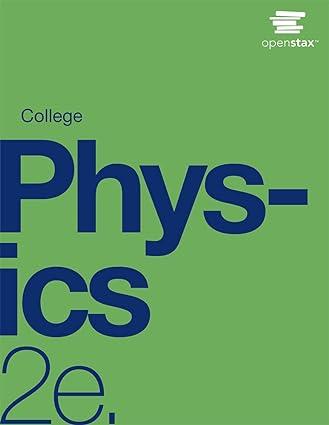A circuit has a voltage source producing 1.00 x 10 2 V and a 2.50 x 10
Question:
A circuit has a voltage source producing 1.00 x 102 V and a 2.50 x 103 resistor.
(a) If the circuit contains nothing else, how much power is dissipated by the resistor?
(b) A second 2.50 x 103 resistor is added in parallel to the first resistor. Now how much power is dissipated by the resistors?
(c) Now place the two resistors in series. How much power is dissipated by the resistors?
(d) Why would a parallel arrangement of resistors dissipate more power than a series arrangement of resistors of the same value?
(e) Which delivers more energy in a given time period, the parallel combination of resistors, the series combination of resistors, or is the energy delivered in a given time period the same?
Fantastic news! We've Found the answer you've been seeking!
Step by Step Answer:
Related Book For 

Question Posted:





